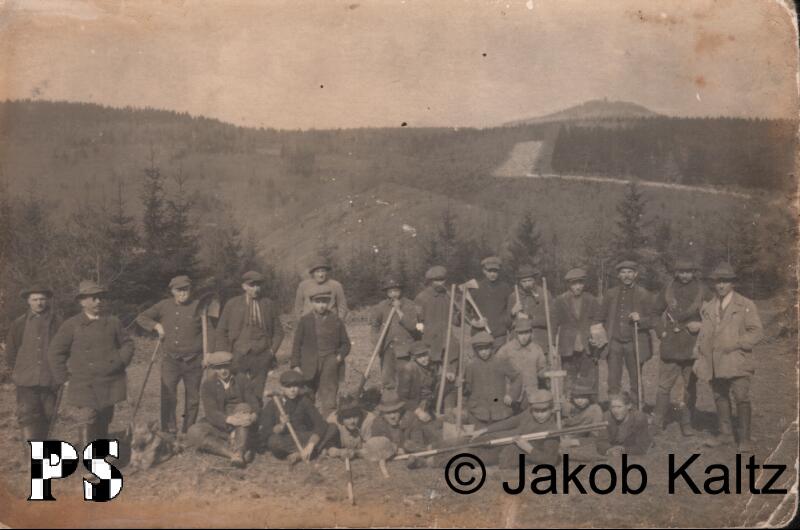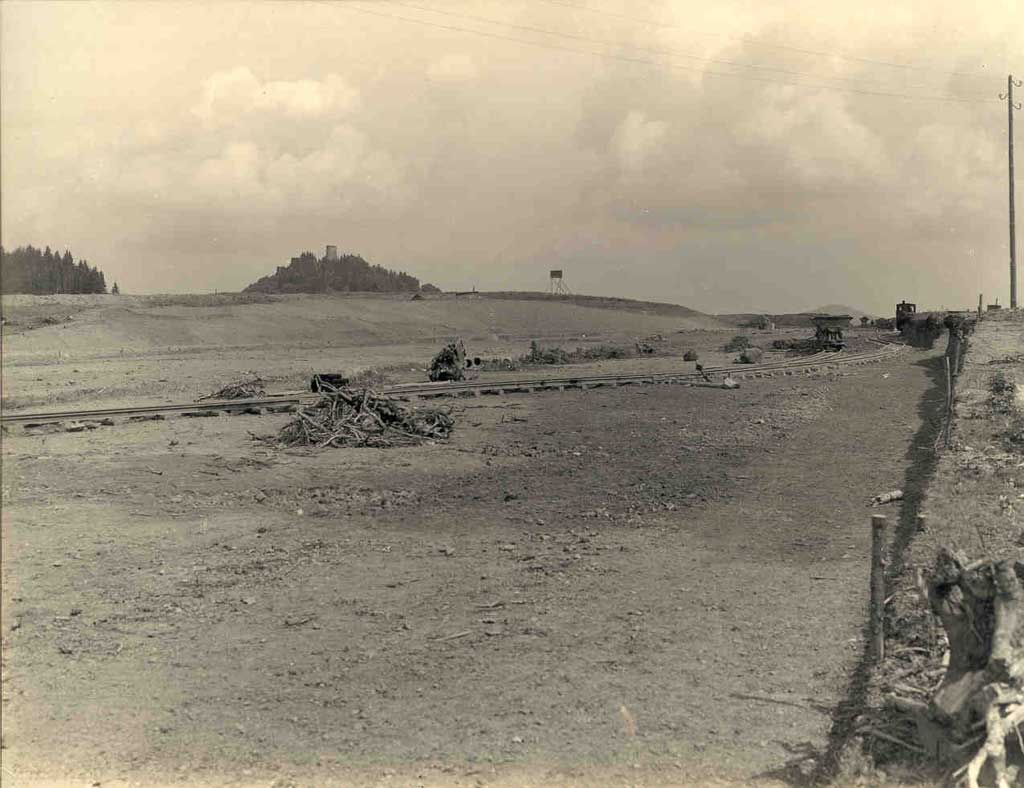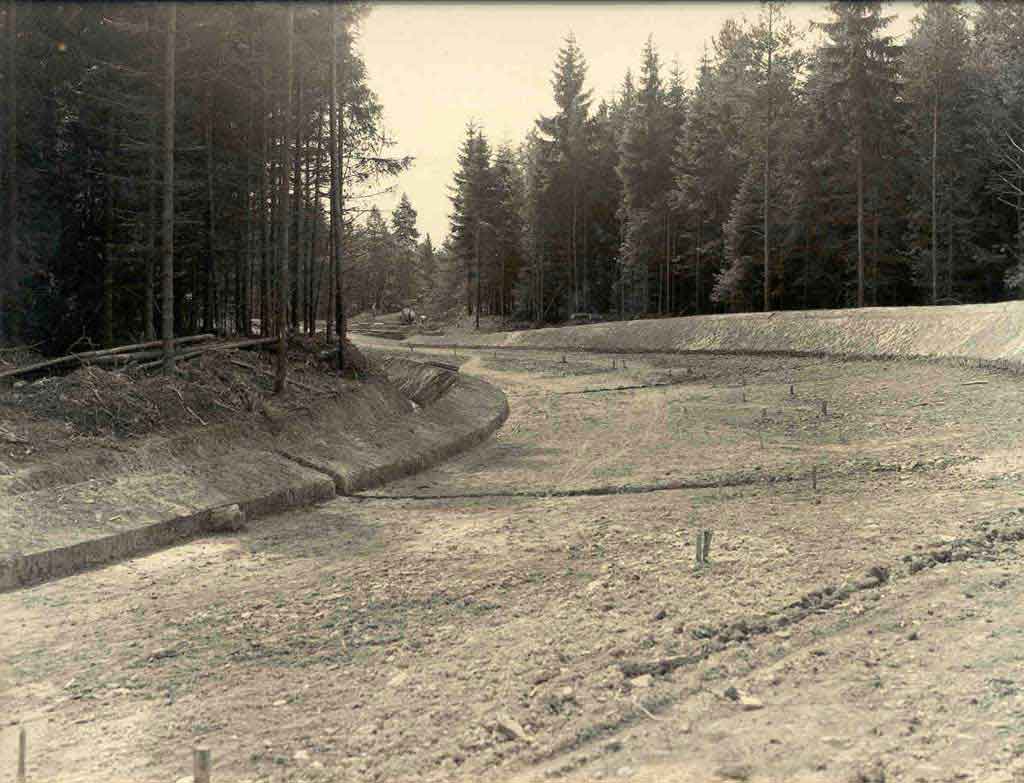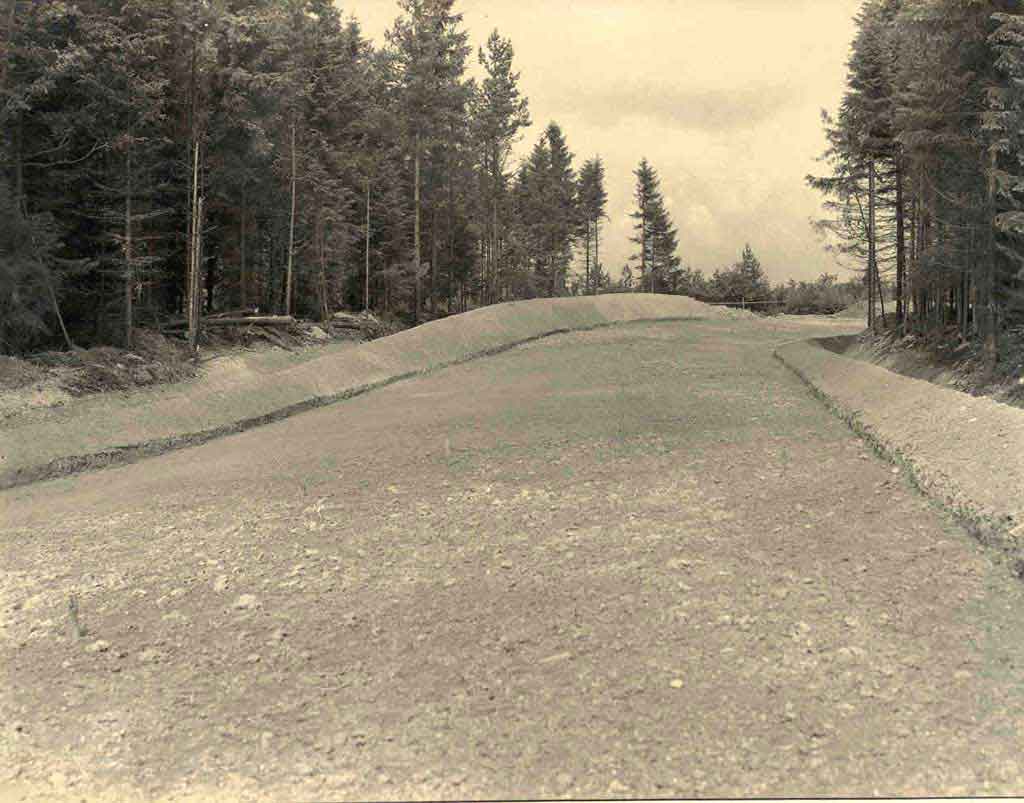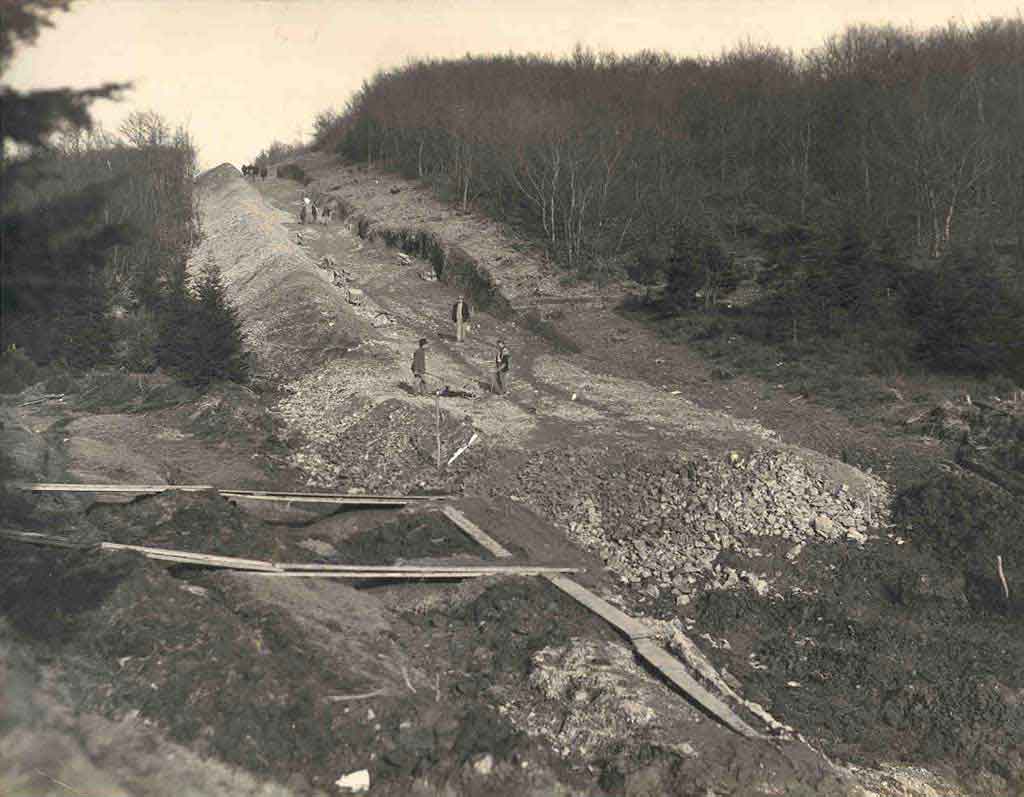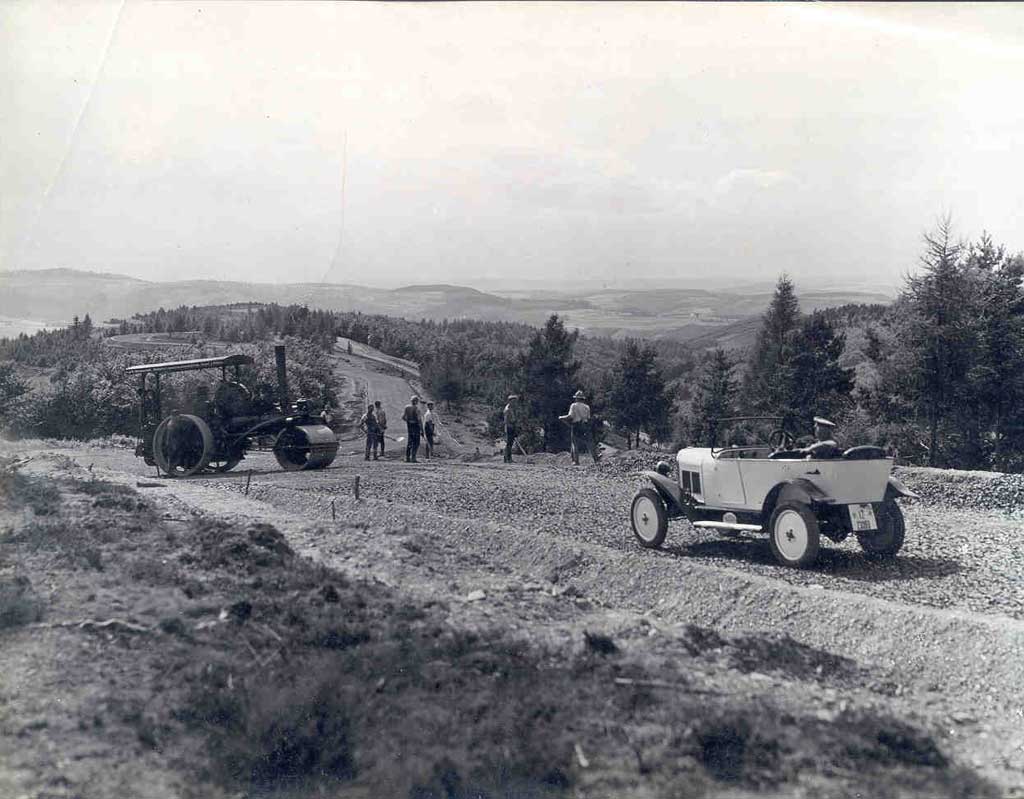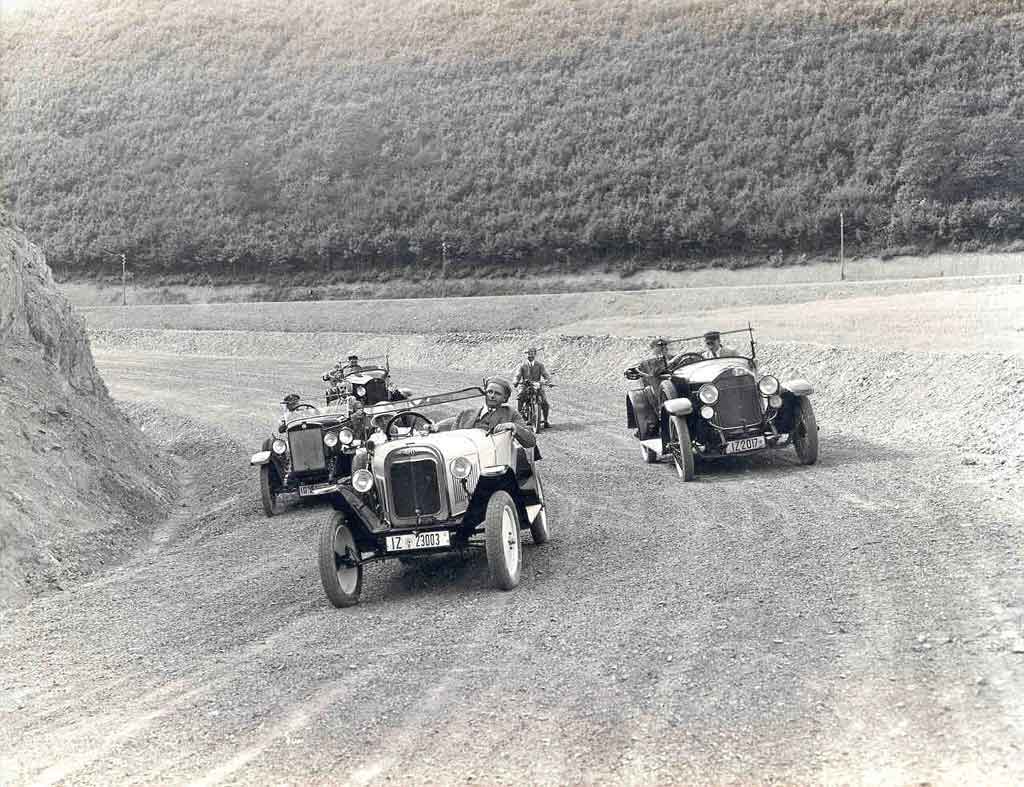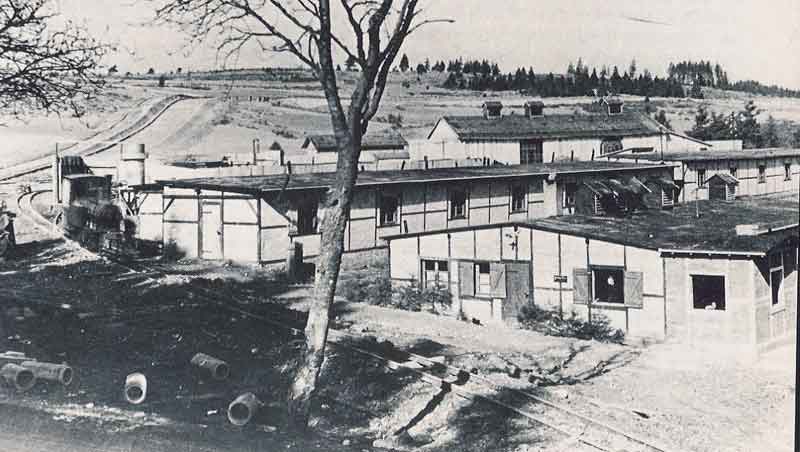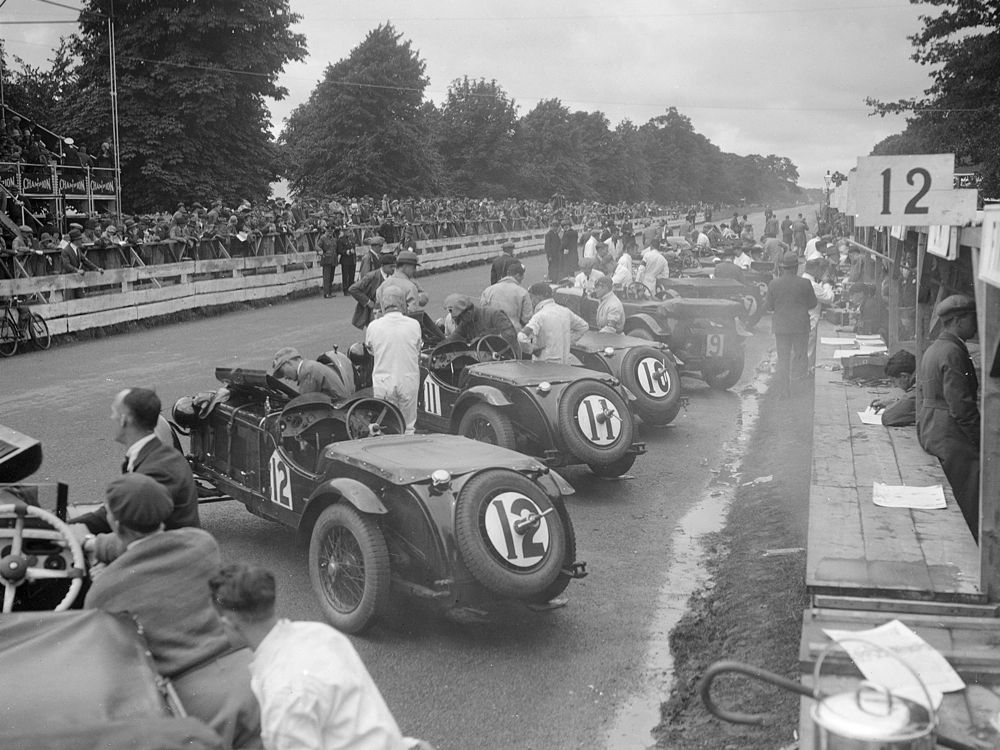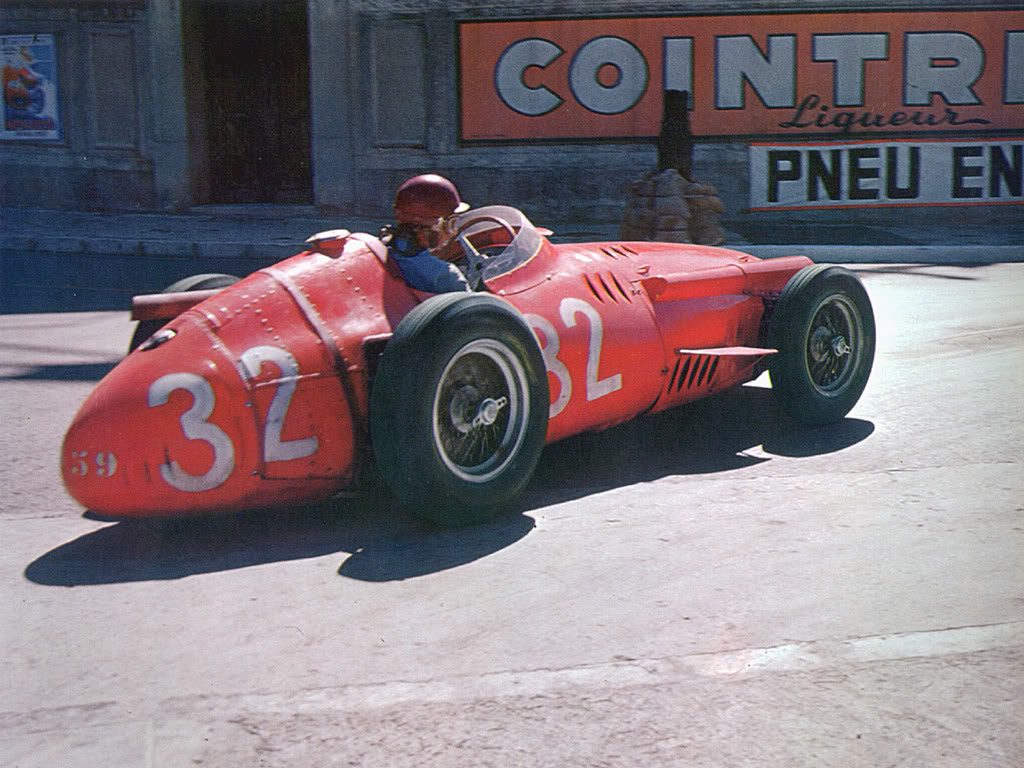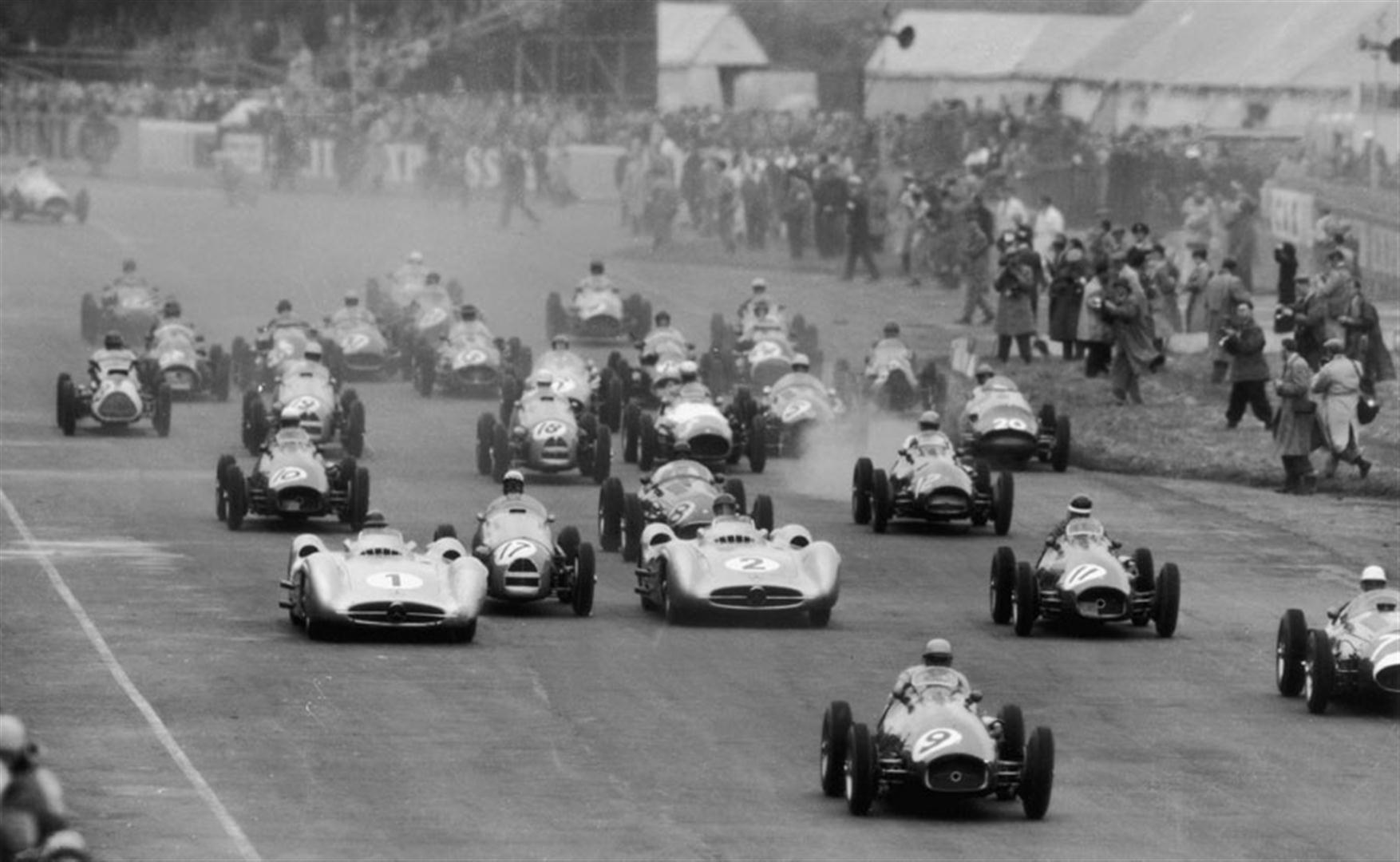- 3,174

- Pinckney, MI
- NISMO_S13
- If I had the money
I have a folder with about 1100 racing photos from all over history.





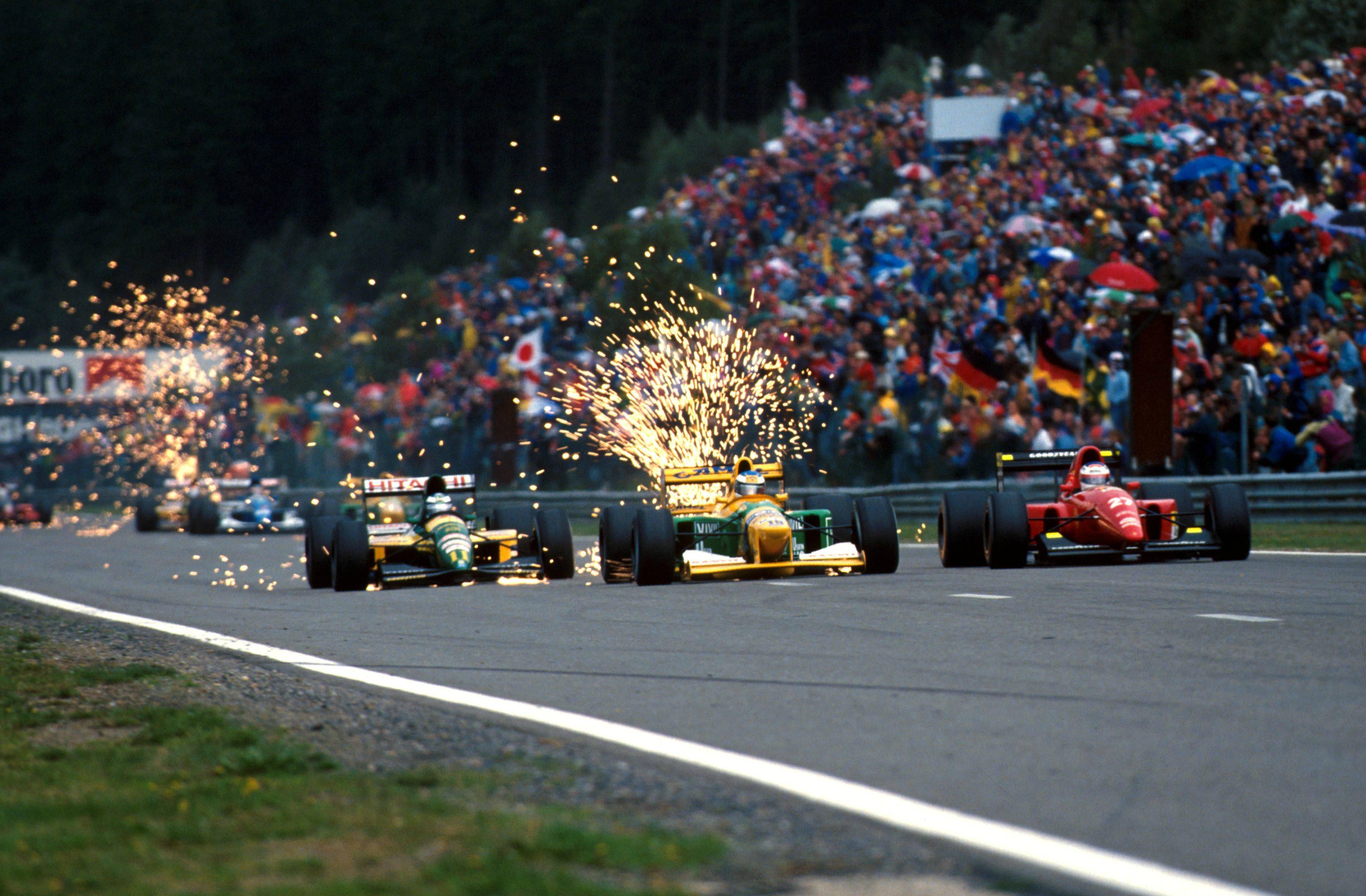

Someone should've told Paul Hawkins that if he wanted to go swimming, could he please wait until after the GP1957 Monaco GP, Wolfgang Von Trips (Ferrari)
View attachment 624411
London airport 1963. F1 cars ready to be loaded on a cargo plane which will take them to Usa for the Watkins Glen GP.
View attachment 624412
1965 Monaco GP. Paul Hawkins spins his Lotus and ends up into the sea. The Australian driver was unhurt.
View attachment 624414
The Spa-Francorchamps paddock, Belgian GP 1968
View attachment 624415
Ron Dennis oversees the scrutineering of a Brabham for the 1968 US GP at Watkins Glen.
View attachment 624416

Someone should've told Paul Hawkins that if he wanted to go swimming, could he please wait until after the GP
Let me guess. Dr Dolittle was one of the drivers?The Tweekoppig Monster - Dakar 1984
View attachment 624480 View attachment 624481 View attachment 624482


The notion that two engines were better than one: The front cab's engine drove the rear wheels and the rear cab's engine drove the fronts, which apparently gave it a total of 800 horsepower and a top speed of 100 mph. I can only imagine what kind of insane mechanical setup they had to accomplish that. Apparently the rear cab also doubled as sleeping quarters.Why 2 cabs on the truck?




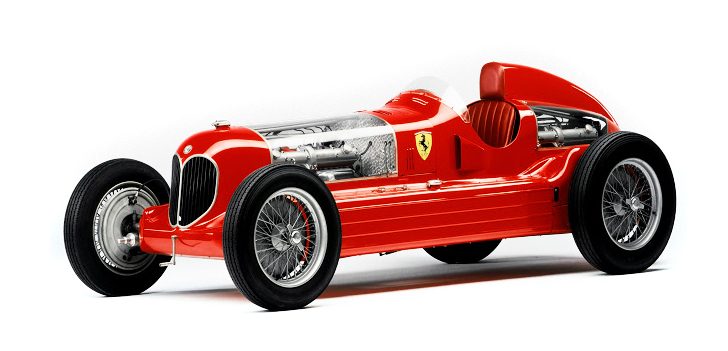


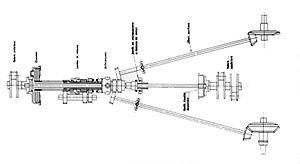
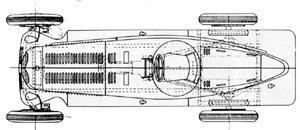
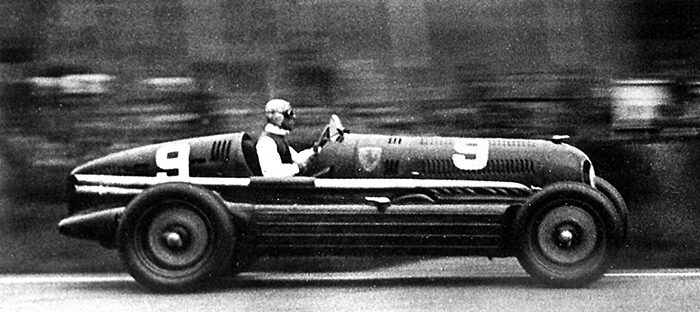
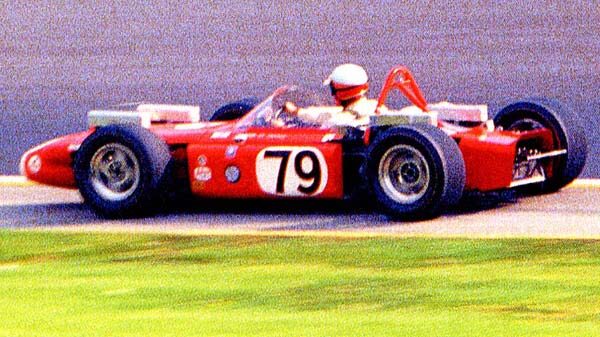
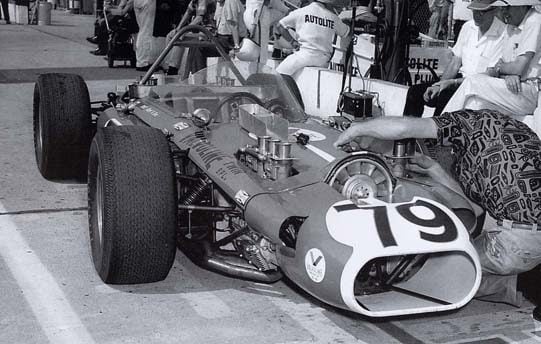
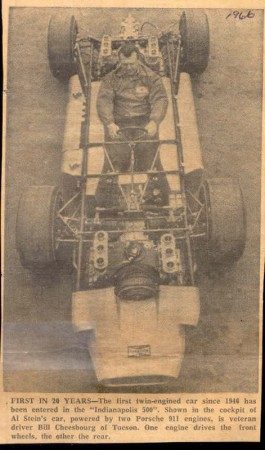
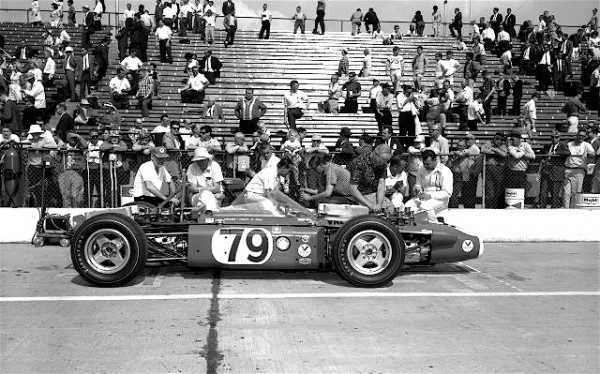
1986 Back Row: Fabi, Piercani, Jones, Brundle, Alboreto, Senna, Johansson, de Cesaris, Berger, Rothengatter, Boutsen, Berg, Nannini, Palmer, Tambay
*edit* How young does Alonso look in the 2001 line up?
The old Nurburgring start/finish loop. Looks to be about 1965.
View attachment 629536
Far from glamorous parc ferme following the 1995 Le Mans 24hr
View attachment 629537
Wow, has the elevation really changed that much? Damn!
